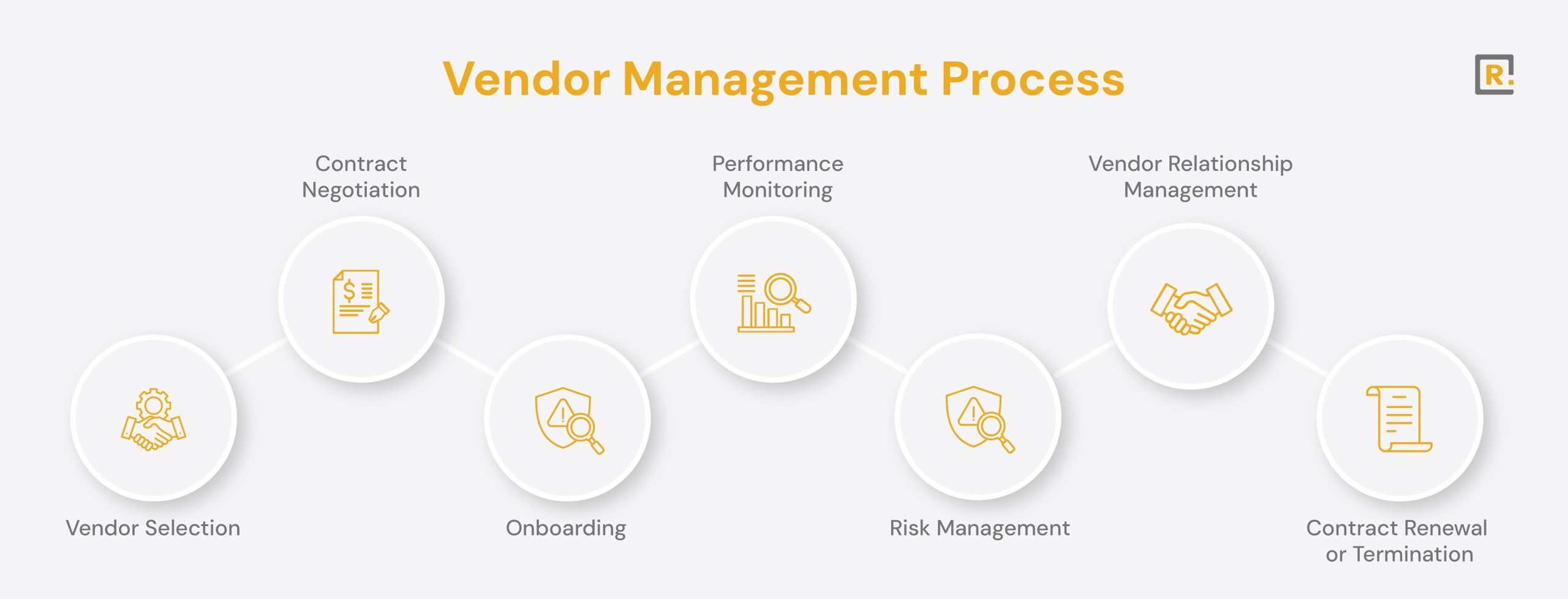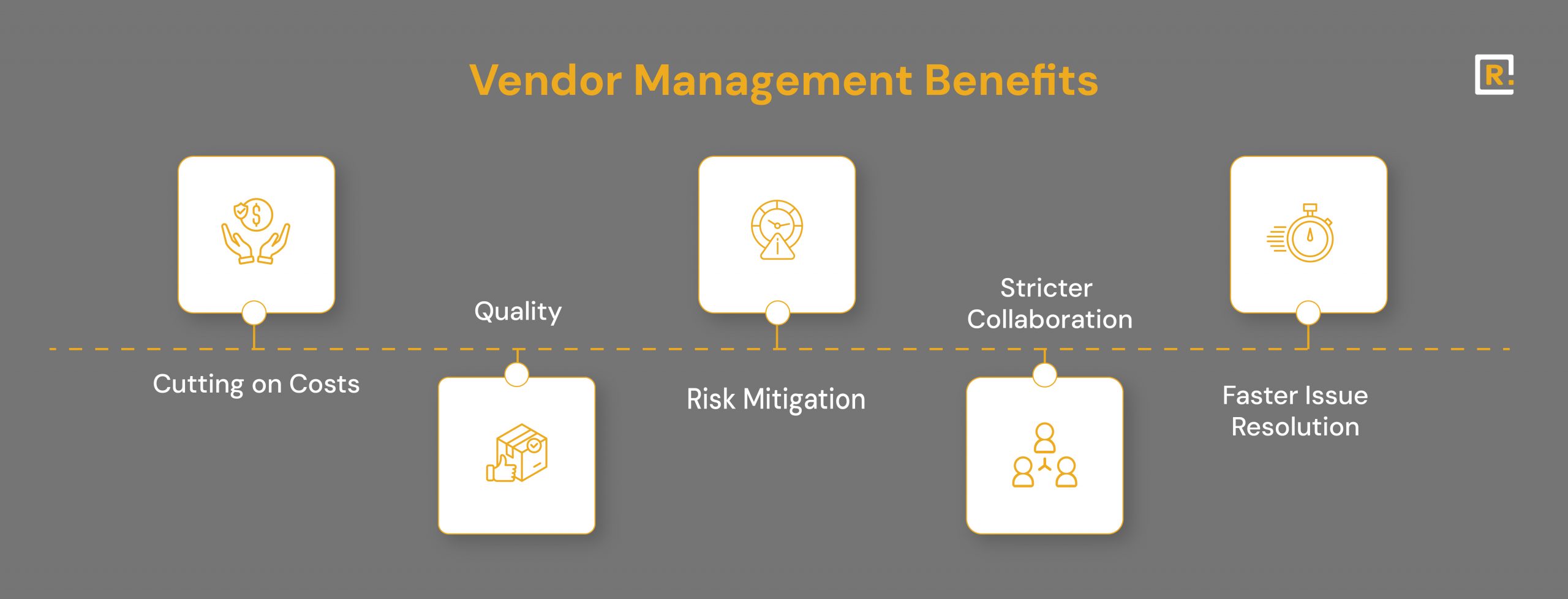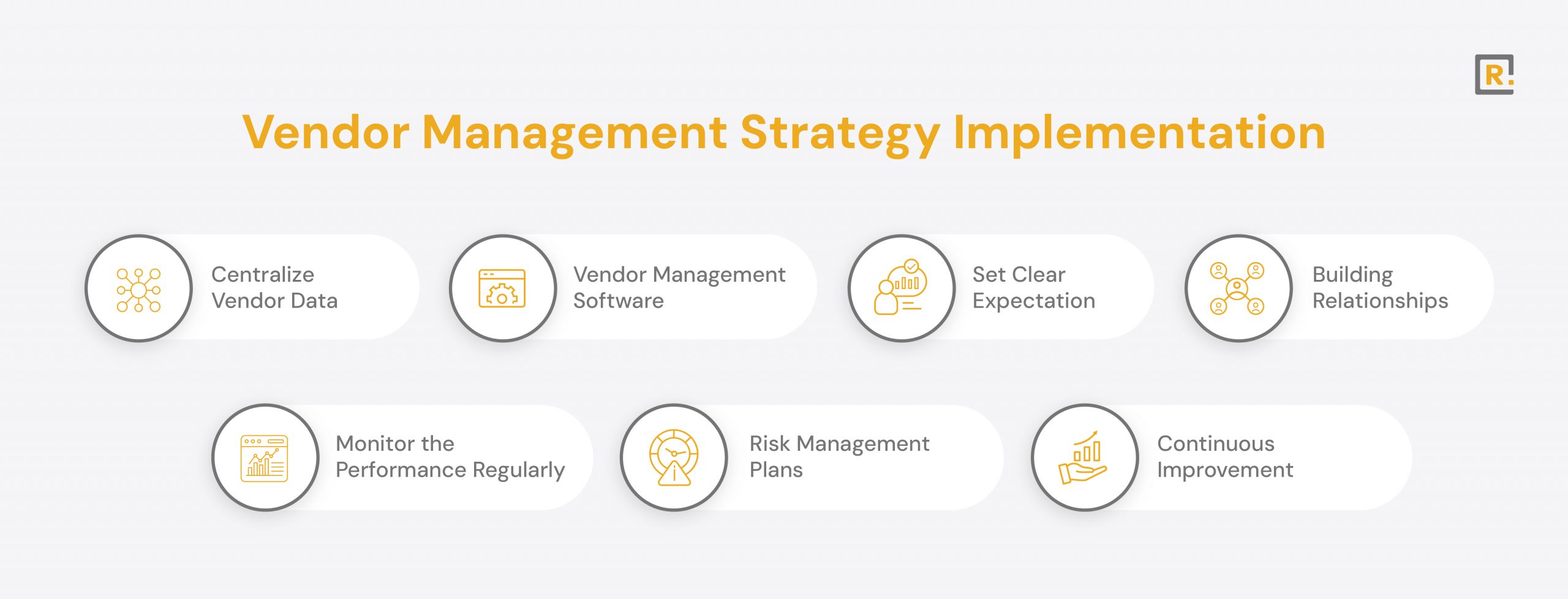-
Solutions
Vendor Management Efficient vendor management platformField Service Management Effective onsite service operationsReal Estate Management Efficient real estate managementAsset Management Efficient asset lifecycle managementDealer Management System Analytics-based Smart Dealer ManagementDigital Retail Solution Integrated e-commerce solutionsSubscription and Billing System Automated billing and subscriptionsSales Force Automation Optimized sales process automationIntelligent Character Recognition Software Automated text conversion and data extraction
- Why Raapyd
- Insights
- About
Procurement is the strategic process of sourcing, purchasing, and managing the goods and services an organization needs. Vendor management is essential because it ensures suppliers deliver on price, quality, timelines, and compliance. Strong vendor management improves cost savings, supply-chain resilience, product quality, and long-term supplier relationships—directly boosting procurement ROI.




